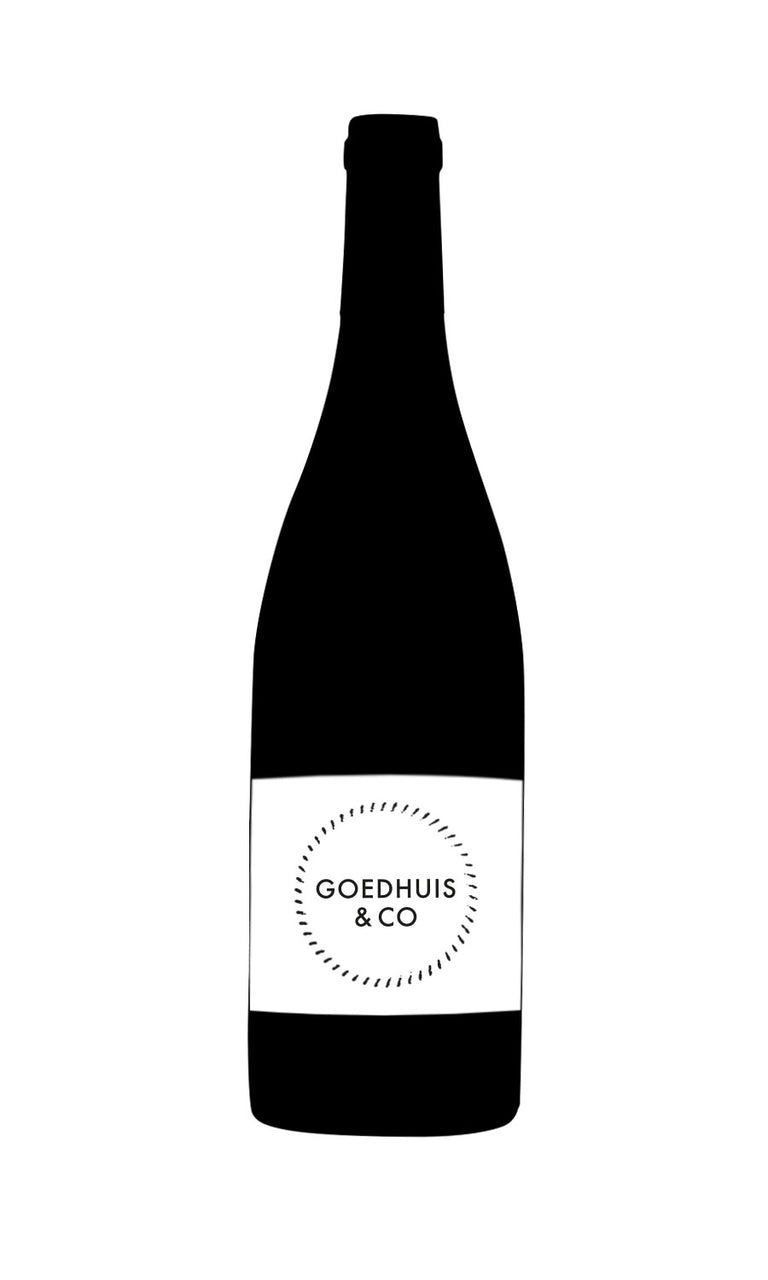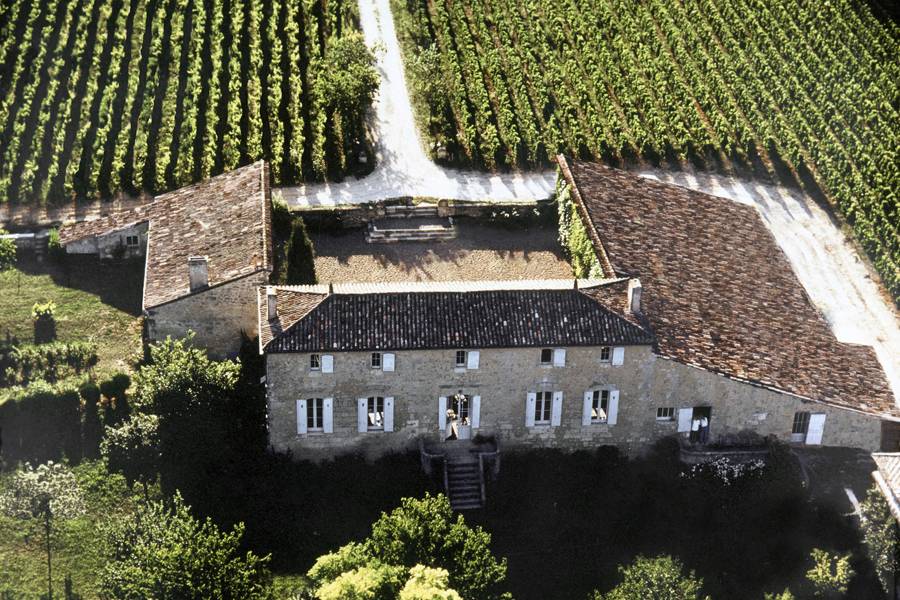
- Colour Red
- Producer Château le Tertre Rôteboeuf
- Region St Emilion
- Case size 3x150cl
- Available Now
2010 - Ch Tertre Rôteboeuf Grand Cru St Emilion - 3x150cl
- Colour Red
- Producer Château le Tertre Rôteboeuf
- Region St Emilion
- Case size 3x150cl
- Available Now
Select pricing type
Need help? Call +44 (0)20 7793 7900 or email wine@goedhuiswaddesdon.com.
-
Goedhuis, April 2011, Score: 94-96
François Mitjavile feels like a transplanted Burgundian hidden away in the St. Emilion hills - passionate and terroir-driven. As a result, his wines are some of the most refined of the region, carrying their beautiful yet intense complexity well. The 2010 is the pinnacle of these character traits, revealing aromatic layers of roasted coffee, venison and bright bramble fruit. Finishes on chocolate and smoke. An extraordinary wine. RK
-
Neal Martin, April 2011, Score: 95-97
Tasted at the chateau directly from barrel, the Le Tertre-Roteboeuf has wonderful definition on the nose, much more composed and controlled than the 2009 when tasted last year. Pure black cherries, bilberry and crushed stone, great precision here, much more control of the Merlot than I was anticipating. The palate is medium-bodied with very fine tannins, superb acidity, layers of crisp ripe berried fruits suffused with tension and mineralité. Focused and linear towards the Burgundy like, silky finish in keeping with the vintage, this is an outstanding Le Tertre-Roteboeuf for long-term ageing. By the way...it has 15.7% alcohol (and a pH 3.64.)!
-
Robert Parker, February 2013, Score: 90
Showing better from bottle than from barrel (which makes sense, given that I seemed to be in a minority when judging it from barrel), the 2010 du Tertre has a nice dark plum/garnet color, a slightly more evolved style than most Margaux, hints of cedar, licorice, black olive and black currant fruit with some flowers and subtle smoky wood in the background. Medium to full-bodied, round, generous and ripe, the words “sexy” and “opulent” come to mind when smelling and tasting this beautiful Margaux. Drink it over the next 15 or more years.
-
Decanter, April 2011, Score: 18
True to style. Suave, exotic with smooth, caressing tannins. Owner François Mitjavile, has, as usual, pushed the ripeness to the confit stage but the terroir and vintage give the requisite lift and freshness. His fans won't be disappointed. Drink 2018-2030.
-
Jancis Robinson, Jan 2014, Score: 16.5/20
Marmite (yeast extract) savoury and slightly dry and drying fruit. But there is real 2010 character here, albeit in bitter-chocolate mode. Furry texture. Tart streak. Some freshness. Drink Dates 2018-2028 Score 16.5/20
Producer
Château le Tertre Rôteboeuf
The oddly named Tetre Roteboeuf (hill of the belching beef) - so called after the oxen used to till the soil - exploded onto the scene in in the 1980's with Francois Mitjavile, the unique winemaker at the helm. His determination and single-mindedness to produce wines comparable to those from the likes of Pétrus and Lafleur in intensity and extract, in his vineyard southeast of St.Emilion, have apparently paid off.The 5.7 he...Read more
The oddly named Tetre Roteboeuf (hill of the belching beef) - so called after the oxen used to till the soil - exploded onto the scene in in the 1980's with Francois Mitjavile, the unique winemaker at the helm. His determination and single-mindedness to produce wines comparable to those from the likes of Pétrus and Lafleur in intensity and extract, in his vineyard southeast of St.Emilion, have apparently paid off.The 5.7 hectares of vineyards are planted with 85% Merlot and 15% Cabernet Franc. Mitjavile's harvests his grapes late - the grapes must be perfectly ripe, resulting in raisin-like lusciousness (Tertre Roteboeuf's trademark) and he keeps his yields small. He uses 100% new oak for the 18-22months of ageing. Parker states in his Bordeaux guide: "Le tertre Roteboeuf is irrefutably one of Bordeaux's superstars."Read less

Region
St Emilion
South of Pomerol lies the medieval, perched village of St Emilion. Surrounding St Emilion are vines that produce round, rich and often hedonistic wines. Despite a myriad of soil types, two main ones dominate - the gravelly, limestone slopes that delve down to the valley from the plateau and the valley itself which is comprised of limestone, gravel, clay and sand. Despite St Emilion's popularity today, it was not until the 1980s to early 1990s that attention was brought to this region. Robert Parker, the famous wine critic, began reviewing their Merlot-dominated wines and giving them hefty scores. The rest is history as they say. Similar to the Médoc, there is a classification system in place which dates from 1955 and outlines several levels of quality. These include its regional appellation of St Emilion, St Emilion Grand Cru, St Emilion Grand Cru Classé and St Emilion Premier Grand Cru Classé, which is further divided into "A" (Ausone and Cheval Blanc) and "B" (including Angélus, Canon, Figeac and a handful of others). To ensure better accuracy, the classification is redone every 10 years enabling certain châteaux to be upgraded or downgraded depending on on the quality of their more recent vintages.



